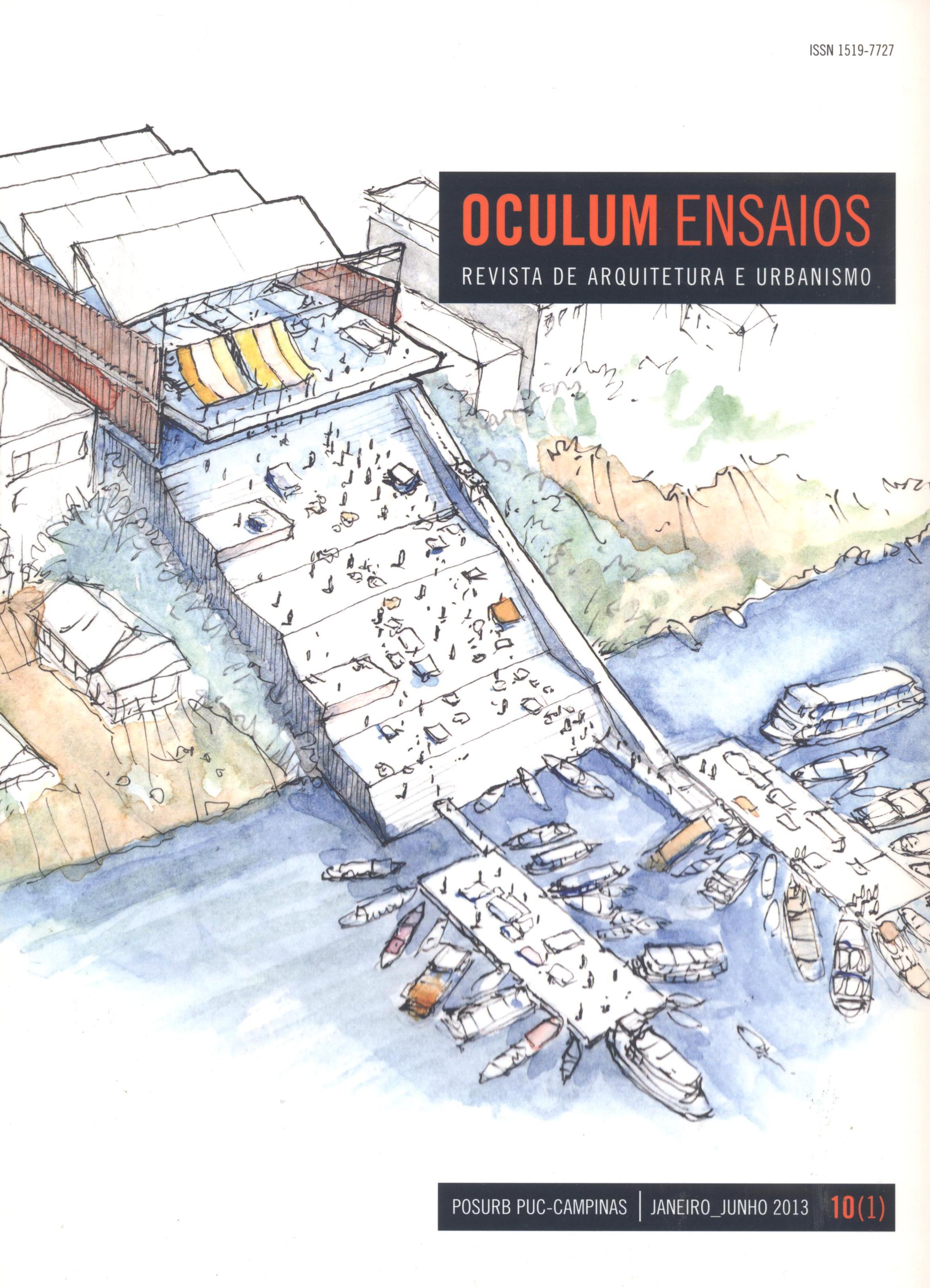First Critical Approaches To Policies To Control Ads In The Urban Landscape
The Case Of São Paulo, Brazil
DOI:
https://doi.org/10.24220/2318-0919v10n1a1926Keywords:
Outdoor advertising, Urban landscape, Public policies, Visual overloadAbstract
Outdoor advertising billboards have been scattered around medium and large cities in a disorderly manner, causing damage to cities and users and contributing to urban visual pollution. Damage is greater in countries such as Brazil, which has no financial policies at adequate levels to invest in the preservation and qualification of public space, or more effective laws duly enforced and supervised, with respect to the use of visible advertisements in urban centers. After implementation of the “Clean City Law” the city of São Paulo, in Brazil changed the appearance of its landscape significantly, however it went through a long process until this legislation was implemented. This research was conducted with the goal of understanding the different nuances of the process of implementing policies and regulations that concern the visual quality of the urban landscape in facing the exploitation of public space by advertising activity. The research approaches the spectra of specialist opinions (represented by the various interested sectors) about the process of regulation that has occurred in São Paulo. The study had a qualitative approach and involved holding face to face interviews with the actors involved. Preliminary findings point out difficulties in confronting private interests in the exploitation of public space, in spite of implementation of the law having provided significant improvements in the landscape. This shows evident need for policies and rules for the establishment and maintenance of a good visual urban quality.
Downloads
References
BRASIL. Portaria nº 312, de 20 de outubro de 2010. Dispõe sobre os critérios para a preservação do conjunto arquitetônico e urbanístico de Ouro Preto em Minas Gerais e regulamenta as intervenções nessa área protegida em nível federal. Diário Oficial da União, 27 maio 2010. p.17.
CARR, S. City, signs and lights. Cambridge: MIT, 1973.
CULLEN, G. Paisagem urbana. Lisboa: Edições 70, 1971.
DUERKSEN, C.J.; GOEBLE, R.M. A esthetic, comunity character and the law. Chicago: American Planning Association, 1999.
GIBSON, J. The senses considered as perceptual systems. Boston: Houghton Mifflin, 1966.
INSTITUTO BRASILEIRO DE OPINIÃO PÚBLICA E ESTATÍSTICA. Pesquisa quantitativa de opinião pública: poluição visual na cidade de São Paulo. São Paulo: Central de Outdoor, 2006.
INSTITUTO DE PLANEJAMENTO URBANO DE FLORIANÓPOLIS. Valorização do casario histórico de Florianópolis: manual de recuperação. Florianópolis: IPUF, 1993.
LYNCH, K. A imagem da cidade. São Paulo: Martins Fontes, 1999.
MENDES, C.F. Paisagem urbana: uma mídia redescoberta. São Paulo: Senac, 2006.
MORRIS, M. et al. Context sensitive signage design. Chicago: American Planning Association, 2001.
NASAR, J. Environmental aesthetics. New York: Cambridge University, 1988.
NASAR, J. The evaluative image of the city. Thousand Oaks: Sage Publications, 1997.
OPINIÃO PÚBLICA. 63% são a favor de Projeto Cidade Limpa. Datafolha, 10 ago. 2007. Disponível em: <http://datafolha.folha.uol.com.br/po/ver_po.php?session=484>. Acesso em: 10 set. 2012.
PASSINI, R. Wayfinding in architecture. New York: Van Nostrand Reinhold, 1984.
PORTELLA, A.A. Evaluating commercial signs in historic streetscapes: the effects of the control of advertising and signage on user’s sense of environmental quality. These (PhD.) — Oxford Brookes University, Oxford, 2007.
SÃO PAULO. Lei nº 14.223, de 26 de setembro de 2006. Dispõe sobre a ordenação dos elementos que compõem a paisagem urbana do município de São Paulo. Diário Oficial da Cidade de São Paulo, 27 set. 2006. p.1
SERVA, L. Cidade limpa: o projeto que mudou a cara de São Paulo. São Paulo: Clio, 2008.
ZUBE, E.H. Environmental evaluation: perception and public policy. New York: Cambridge University, 1992.













